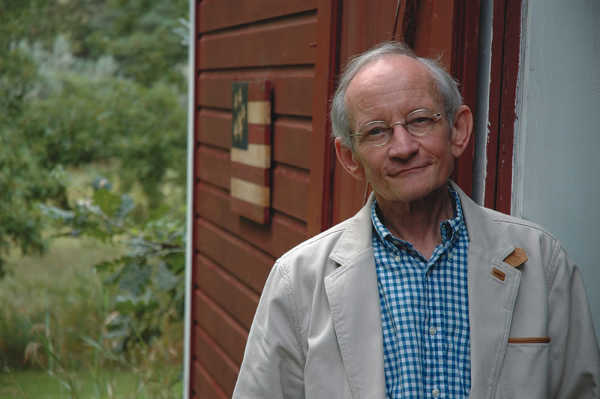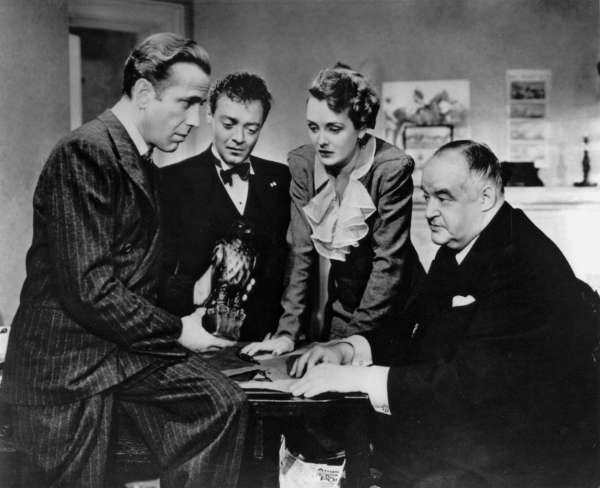- Lake County News Reports
- Posted On
Konocti Art Society donates to Summer Youth Art Program

LAKE COUNTY, Calif. – Konocti Art Society ends 2019 by donating proceeds from its annual Kelseyville Pear Festival art raffle to the Lake County Art Council’s Summer Youth Art Program.
Each year KAS artists create pear-related art projects which are raffled at the Kelseyville Pear Festival.
Many of the KAS artists donate their time and expertise teaching art to Lake County youth.
Barbara Funke, Annette Higday, Jeanne Landon-Myers and Gerri Groody were happy to present this donation. Artists of KAS not shown in picture are- Leah Adams, Phyllis Thiessen, Patty Oates, Karen Magnuson, Judy Cardinale, Jo Bergesen, Jan Hambrick, Carolyn Morris, Diane Stawicki, Diana Liebe, Barbara Kossen, Karen Hook, Gay McComb, Iman Griffith, Linda Crayne and Lucia Boyle.










